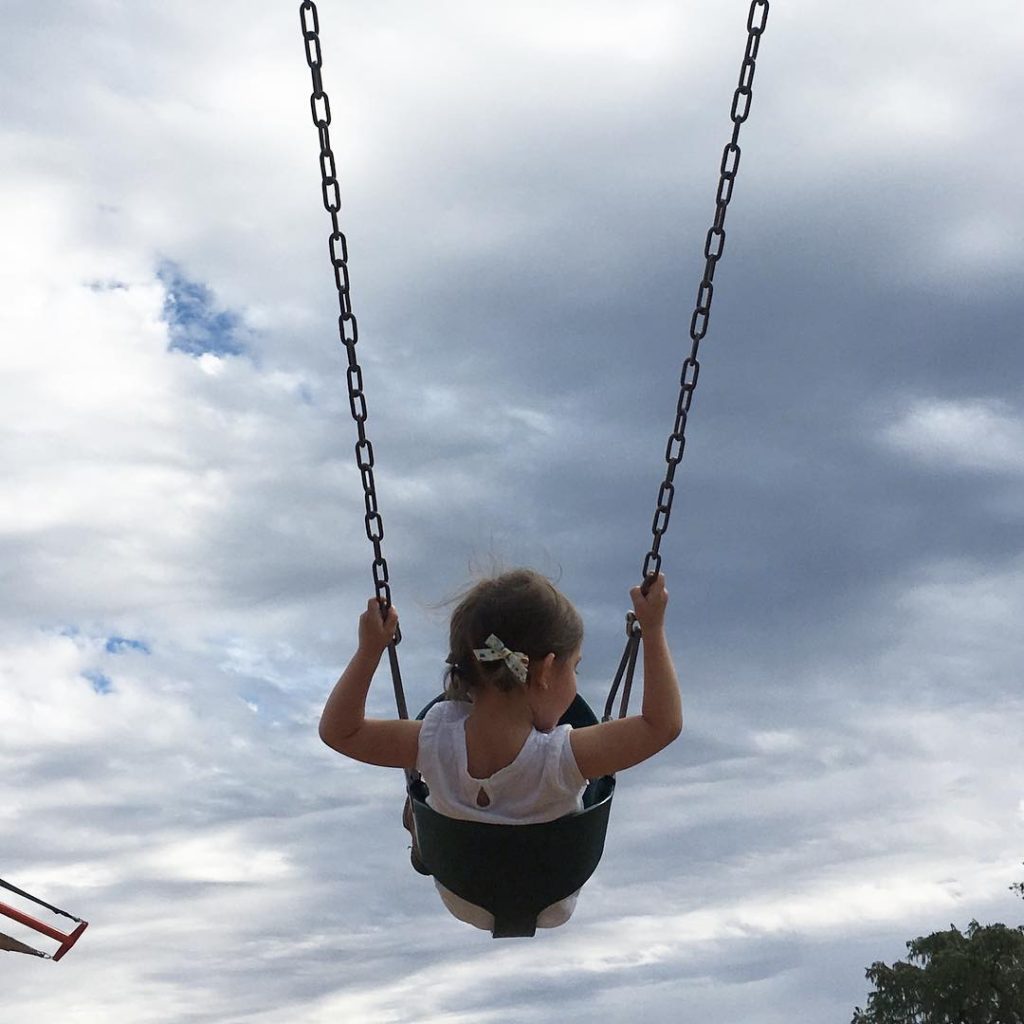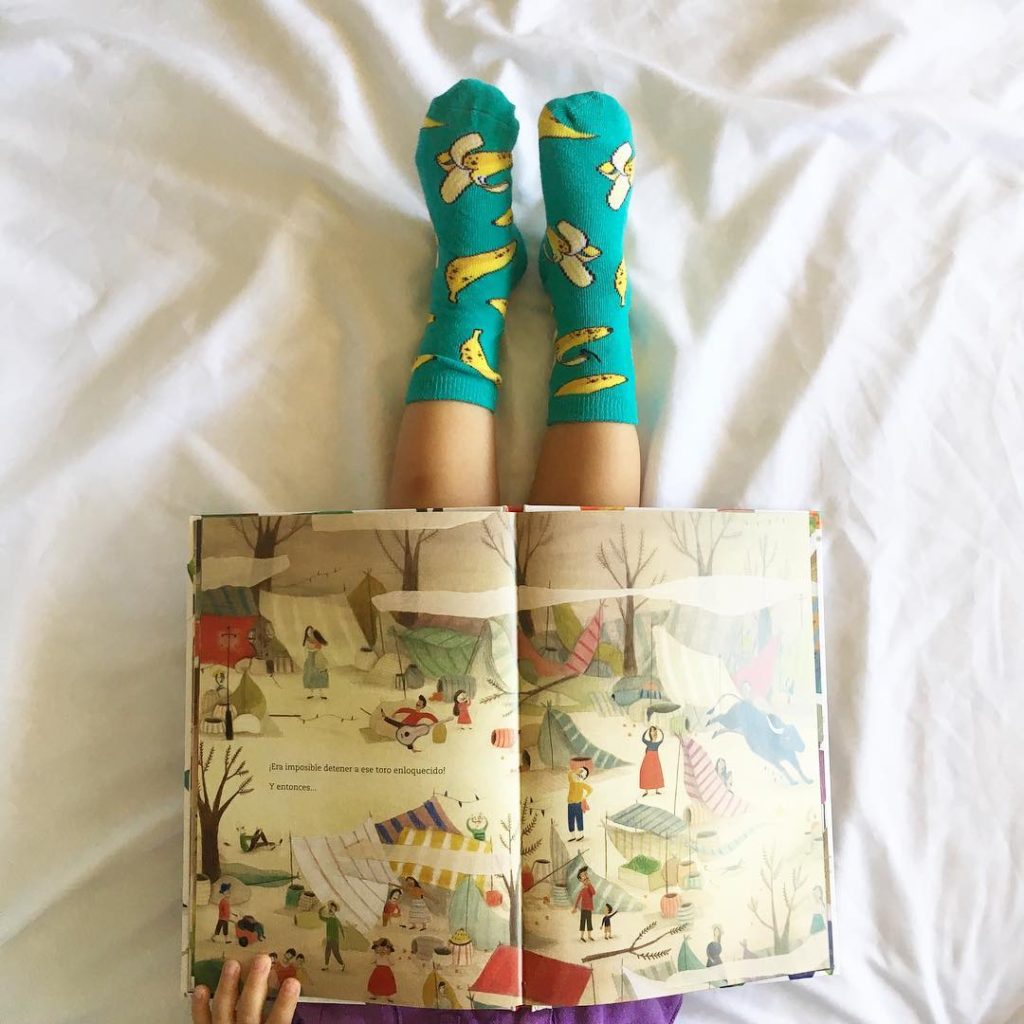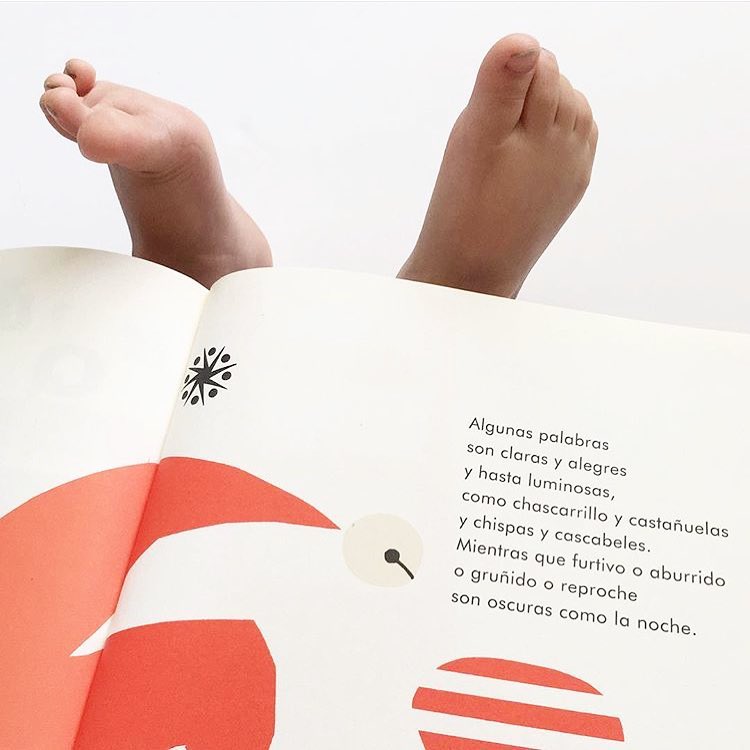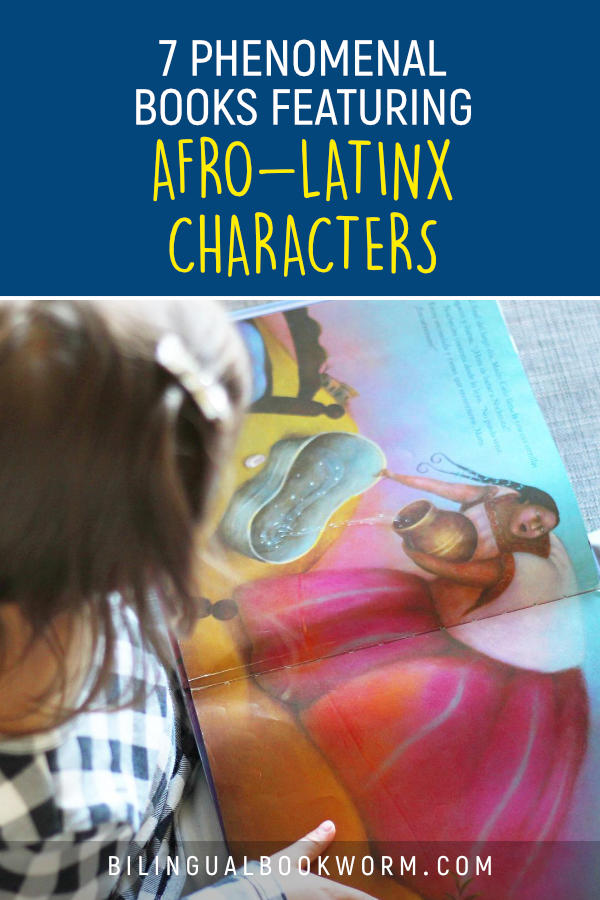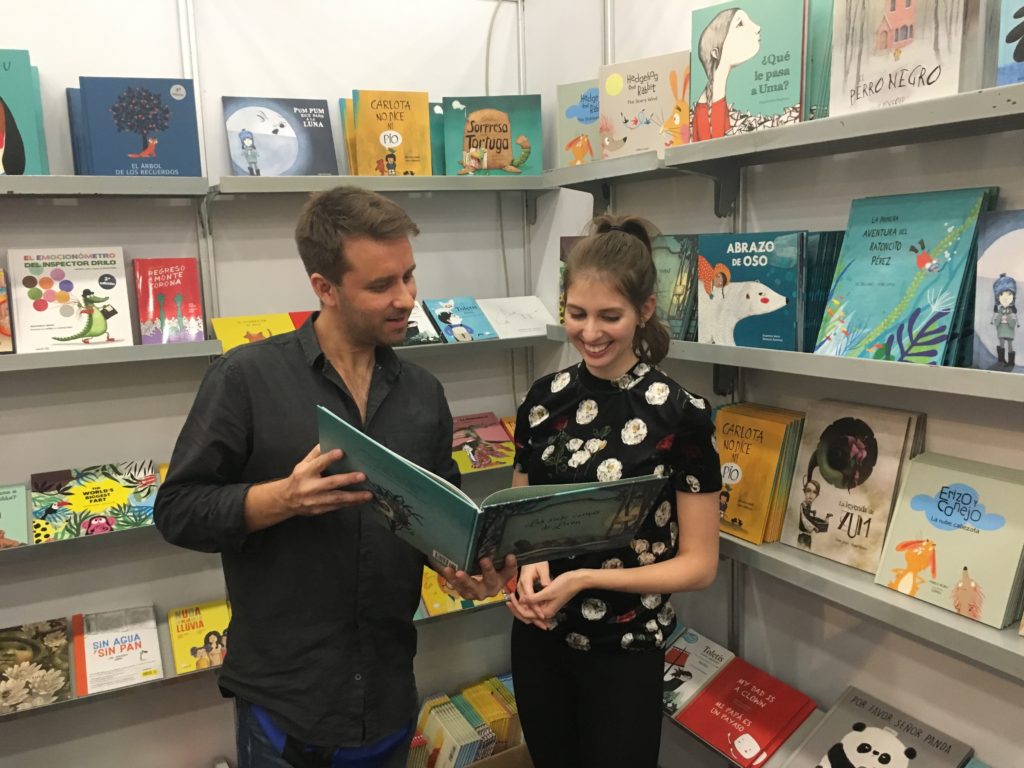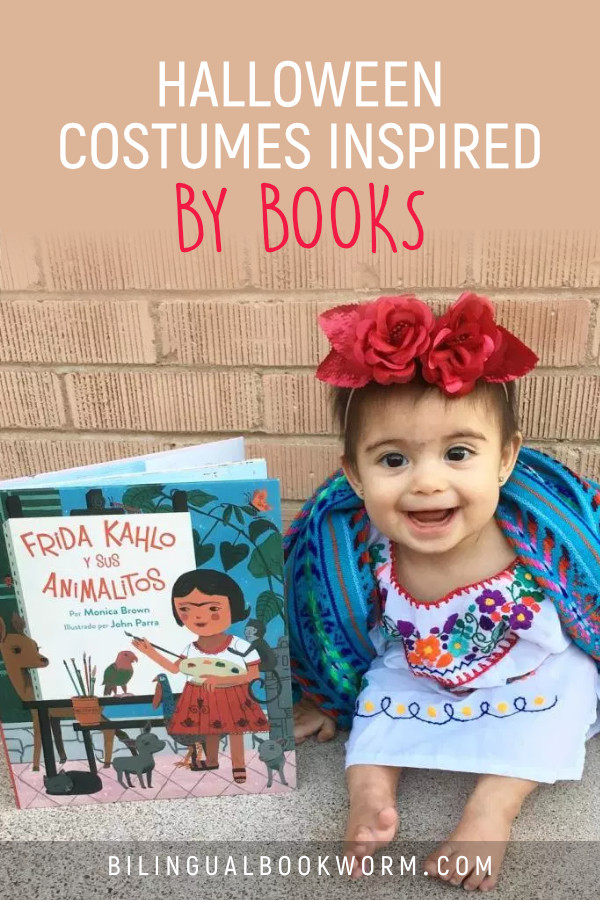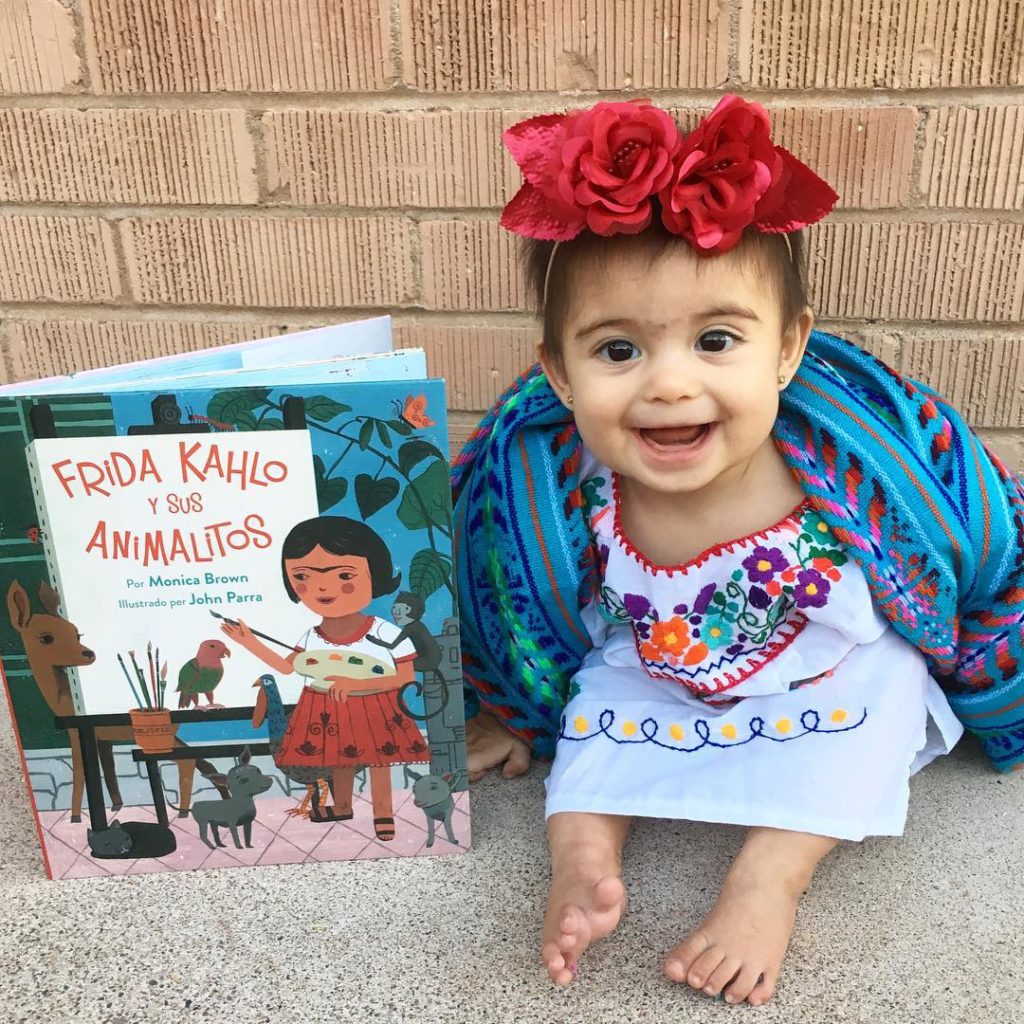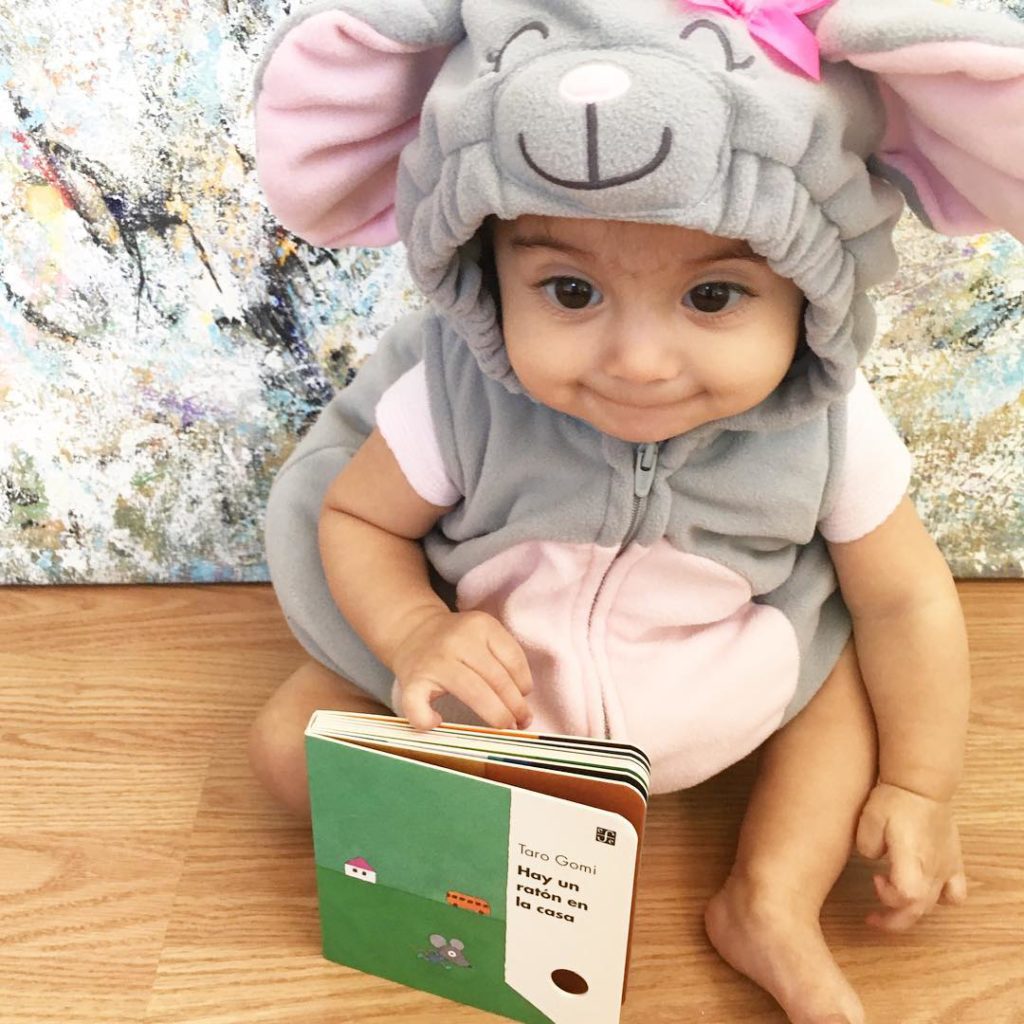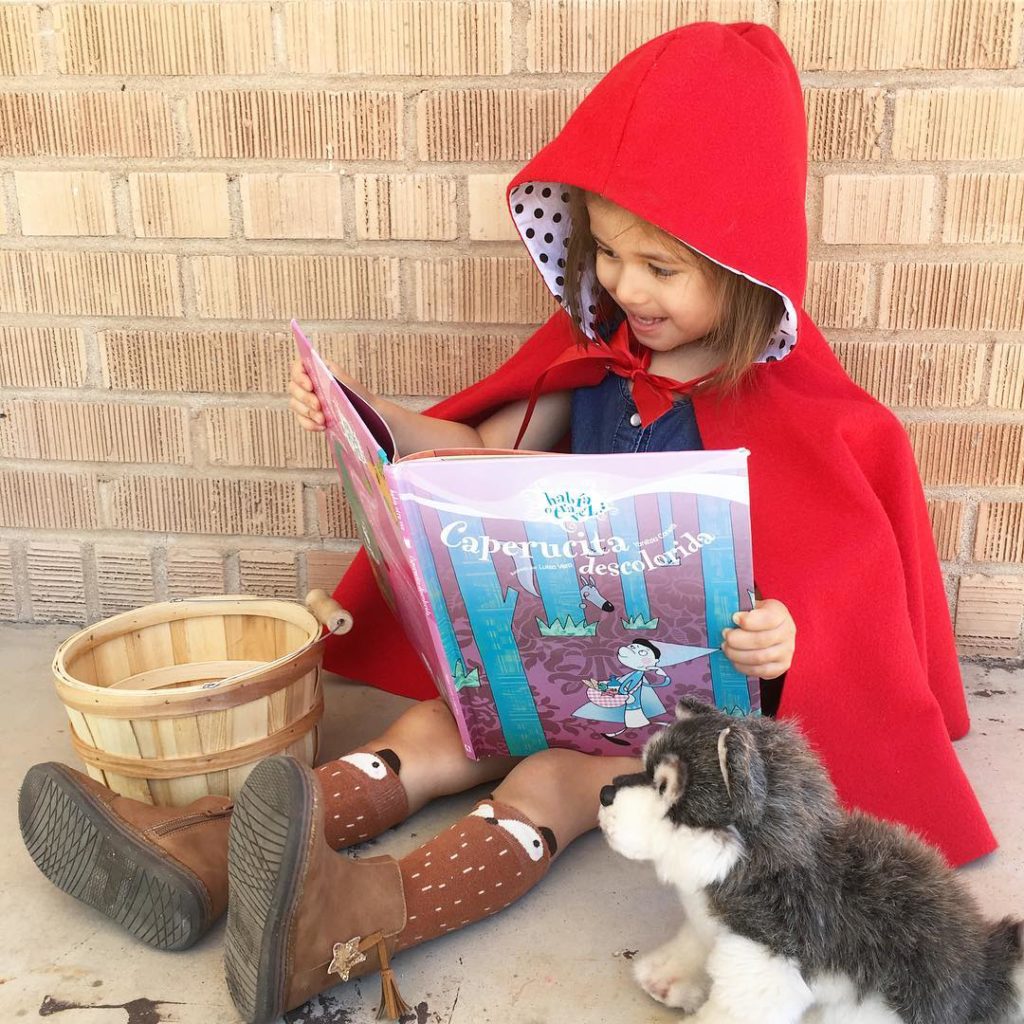The first time I ever heard or thought about the concept of Afro-Latinx was when I was in college (the small town in Chihuahua, Mexico where I grew up was pretty homogenous). My junior year, I left the U.S. to do a summer internship in Honduras where I made some great Afrohondureño friends. When I came back to the States, I realized that I knew tons of people that identified as both Black and Latinx—I always just paid attention to their Latinx side!
Since starting Sol Book Box, one of my goals has always been to find books that act as “mirrors” for kids, the kind where they can read authentic stories that reflect their own lives and families. My revelatory experience from all those years ago has been on my mind as we’re about to start Black History Month, because I don’t know about you, but I don’t often see Afro-Latinxs featured during this month that we celebrate achievements by Black people in U.S. history.
I definitely don’t want my kids to be in college before they realize that lots of people are BOTH Black and Latinx (a Pew Research Center survey of Latinx adults shows that one-quarter of all U.S. Latinxs self-identify as Afro-Latinx, Afro-Caribbean, or of African descent with roots in Latin America), so I thought I’d go on the hunt for great books in Spanish that feature an Afro-Latinx protagonist to read this February. And then I decided I needed to share here!
You should know that I never recommend books that I haven’t personally read with my kids and enjoyed. These 7 books highlighting Afro-Latinx characters are the ones that made the cut!
Lola by Junot Diaz (Spanish), also in English as Islandborn
by Junot Diaz (Spanish), also in English as Islandborn
Most of the kids in Lola’s class are “from somewhere else.” When their teacher assigns them a project to draw a picture of the place where their families immigrated from, Lola is excited– until she realizes she doesn’t remember The Island, because she left when she was just a baby. So she draws on the memories of family and friends to discover the place where she’s from. This is a beautiful and sensitive story of culture, identity and belonging.
Blanca Nieve y los siete gigantones by Yanitzia Canetti (Spanish)
If you’ve been reading for a minute you already know that I’m a huge fan of Yanitzia Canetti’s “Había otra vez” series. This book reimagines Blanca Nieve as una niña “con los ojos rasgados y de color caramelo, su piel como chocolate y muy crespo su pelo,” and replaces the forest with a tropical island. It’s one of my favorites because of Canetti’s rhymes, which are precise, musical, and hilarious. (Also it doesn’t hurt that in this version Blanca Nieve tells the dwarfs they can do their own housework, and later informs the prince that while she’s grateful he saved her life, she can’t reciprocate his love until she gets to know him a little better!)
Última parada de la calle Market by Matt de la Peña (Spanish)
This book has won all kinds of awards, and happily the Spanish translation was exceptionally well done and retains the magic of the English version. Every Sunday after church, Jackson and his grandma, Nana, board the bus to go to la calle Market. Jackson has a lot of questions: Why don’t they have a car like his friend Colby? How come they always have to get off in the dirty part of town? Nana, who with every answer encourages Jackson to see the beauty of the city and the people they encounter, is one of my very favorite children’s book characters. (I’m also rather partial to the heavily tattooed man on the bus who spends the whole time looking at his cell phone, ha!). Definitely a can’t-miss book for any list featuring
Nochecita by Yuyi Morales (Spanish)
This gorgeous book is the perfect bedtime story, with its palette of rich purples, blues and reds. I was hooked from the first line: “Al final del largo día, Madre Cielo llena la tina con estrellas fugaces y llama, ‘¡Hora de bañar a Nochecita!’” Both the images and the imagery are gorgeous, and I really loved the sweet relationship between the mother and her daughter (who insists on a little round of hide and seek before bedtime). This book also won a bunch of awards, ¡muy bien merecidos! Definitely a can’t-miss book for any list of Afro-Latinx centered stories.
Letras al carbón by Irene Vasco (Spanish)
In Palenque, a small town in Colombia, nobody (except the shopkeeper) knows how to read or write. But when our protagonist’s older sister, Gina, begins to receive letters from Miguel Ángel—who had visited the small town previously—the girls’ need to read and discover what these mysterious epistles say gets real. I can never resist a book about reading and books, and I really like the illustrations in this one. Also I like that this book was recommended to me on Instagram, yay for the internet!
Draw! by Raúl Colón (Wordless)
This book is technically wordless, but I’m going to go ahead and count it as Spanish! (As a side note, I used to not be a huge fan of wordless picture books because I felt like I was “reading” them in the most boring way ever… but I’ve come around thanks to the fact that I can make them all Spanish and that makes me happy.) This book, about a boy who begins in his room with a sketchbook and ends up drawing all sorts of animals in the jungle, is cute and great for animal lovers (so basically every kid ever).
Pelé, el rey del fútbol/King of Soccer by Monica Brown (bilingual English/Spanish)
Ideal for the soccer-loving crowd, and a nice tribute to Pelé, a poor boy from Brazil who grew up to become the world’s greatest soccer star. The text itself is ok (though I must admit I found the random italicized paragraphs weird and distracting), but the illustrations are what really make this book, with high-energy, full-bleed pictures throughout. Brown describes Pelé’s humble background (he and his friends didn’t have enough money to buy a soccer ball so they used a grapefruit; they also couldn’t afford shoes so the soccer team played barefoot), but doesn’t dwell on it.
I go through periodically and update this list as new books featuring Afro-Latinx protagonists are published, so if you have a recent favorite, I’d love to hear about it!
Amazon links are affiliate links, meaning that if you click a link and make a purchase I may get a (very) small commission. It won’t change how much you pay for an item.
READ MORE
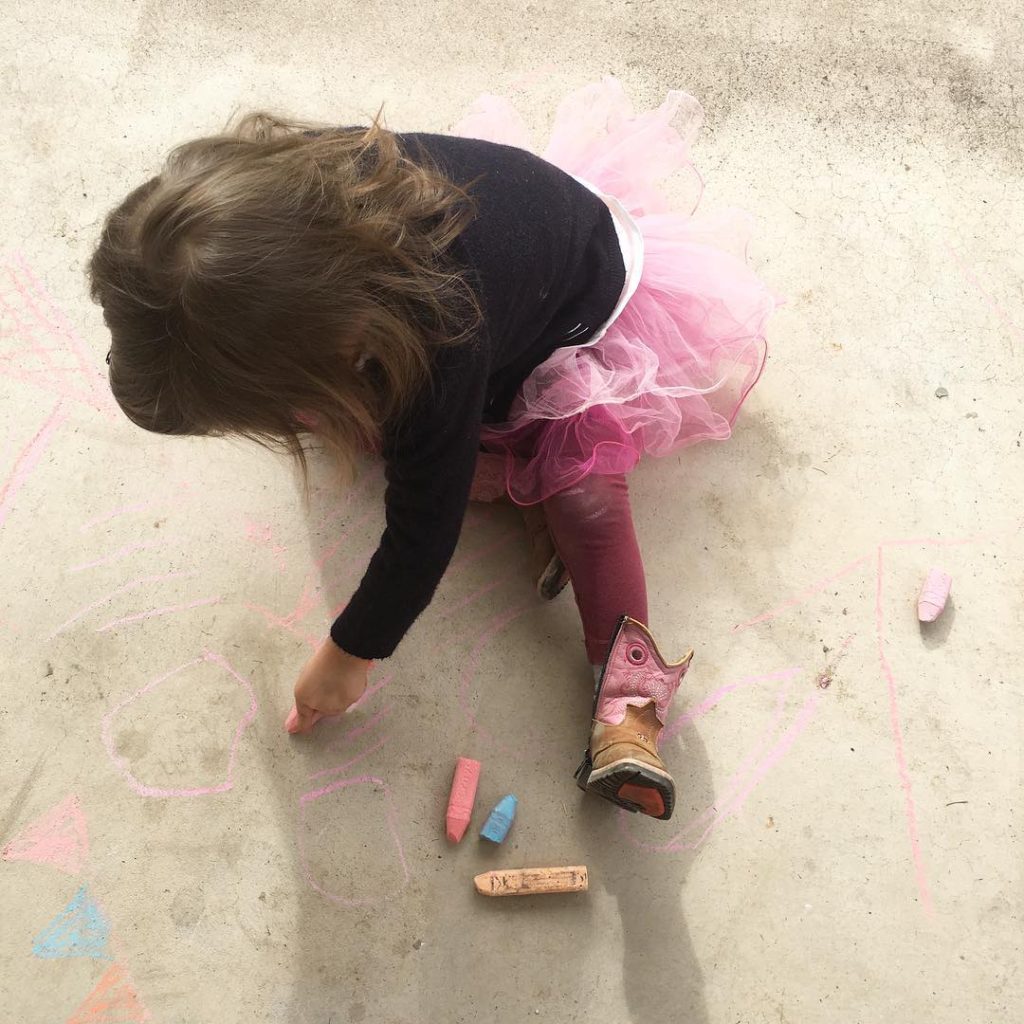

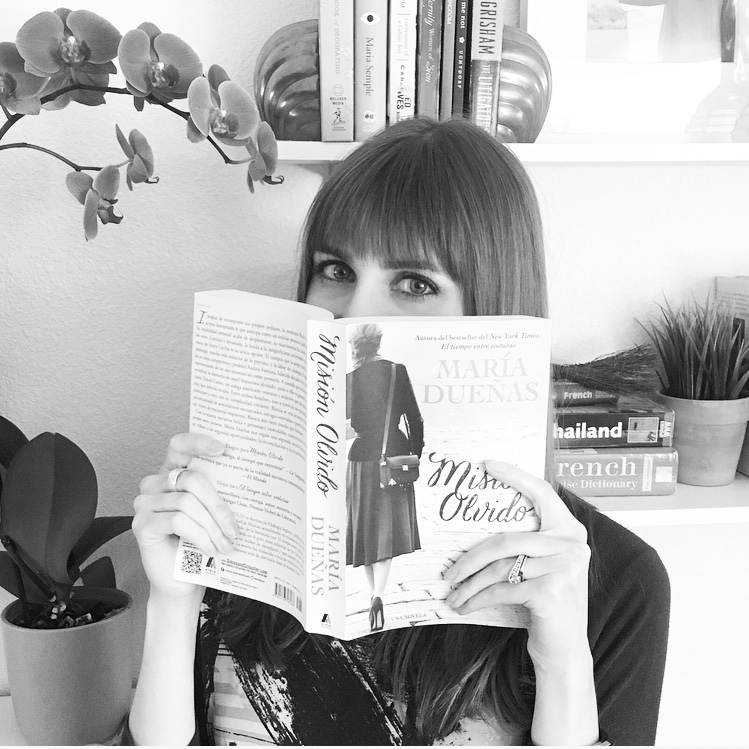 Thanks to my job, it’s pretty clear how much I love books. And I hear from a lot of adults that they also love books and reading (book nerds of the world, unite!). But what I also hear often (and feel myself, to be honest) is that even though many of us love to read, we don’t do as much reading as we’d like to or as we used to.
Thanks to my job, it’s pretty clear how much I love books. And I hear from a lot of adults that they also love books and reading (book nerds of the world, unite!). But what I also hear often (and feel myself, to be honest) is that even though many of us love to read, we don’t do as much reading as we’d like to or as we used to.
